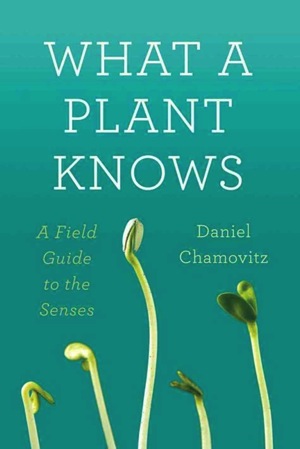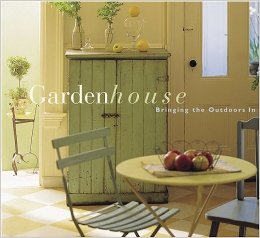What a Plant Knows: A Field Guide to the Senses
Daniel Chamovitz
This is certainly on the geekier side of my reading list, but when I am came across this book it intrigued me immediately. The combination of plants, science and, by extension, gardening seemed like an interesting combination. I have not been disappointed either.
The book is divided into sections including what a plant sees, hears, smells and feels, how a plant knows where it is and finally, what a plant remembers. All these sections are quite informative and deeply interesting for anyone with an interest in gardening, plants, and/or science. This might even be a good introductory book for those interested in studying botany in high school or college.
Can plants see, feel, hear and smell like we do? Certainly not, but they can do all those things in their own unique ways. Because of their inability to move from where they are planted, plants must be very sensitive to their environment and react quickly to any changes that might threaten them. If they are being attracted by insect, animals or disease they can output smells that warn other parts of the plant — and even other plants in huge area — to the attack.
Lacking a nervous system, plants sense and respond using chemical indicators for the most part. They can sense light and dark and react to subtle changes in the ration between. They can grow towards the sun or seek out support from structures and other plants to support their vines and leaves.
Plants like the Venus Flytrap and mimosa can react to touch and use it for protection or to supplement their diet with extra nutrients they might not be able to glean from the poor soil where they grow.
What a plant knows just might have you thinking differently about the plants in your garden and might even lead you act a bit differently in your own garden, both for your benefit and that of the plants that grow there.
What a plant knows is an easy read and contains lots of great footnotes linking to further information available on the Internet. That said, the method of providing links to web-based material shows a conflict between the different media (online and offline) and how it might be best used. Instead of short, meaningful link names, the author uses standard (and long) URLs which aren’t really meant to be typed in and offer many opportunities for typos and other mistakes. They would have been better to utilize one of the many link shortening services or even created their own, easier to use, system for providing interactive links on the book.
This minor quibble aside, I would highly recommend this book for anyone who is interested in understanding their plants just a little bit better.
Listen to an interview with author, Daniel Chamovtiz on Minnesota Public Radio


